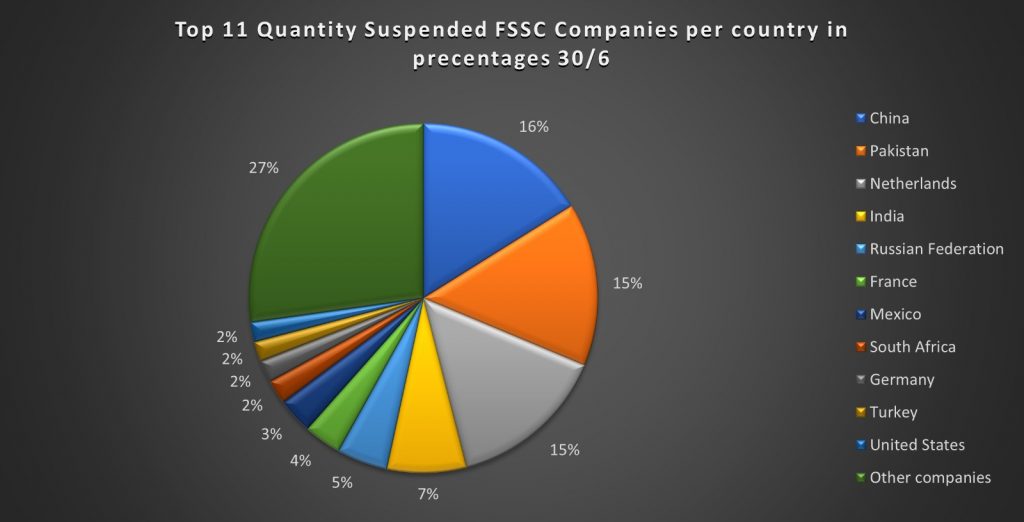E. Coli Classification
Here is more classification information about E. Coli.
Family: Enterobacteriaceae
Genus: Escherichia
Species: coli
General E. Coli
Escherichia coli or E. coli is a group of bacteria naturally present in the intestines of humans and animals. In the large intestine, E. coli is beneficial because it prevents the outgrowth of other harmful bacteria. There are some types that cause foodborne illness, such as EHEC and STEC.
Suspicious food
E. coli can occur in raw animal products, such as beef. But it can also occur in raw vegetables like cucumbers and lettuce. The problem is not caused by cooked vegetables, as the bacteria are killed by heating:
- minced meat or filet américain;
- half-cooked hamburger;
- raw or undercooked beef (e.g. carpaccio);
- unpasteurised milk or cheese;
- vegetables such as lettuce, cucumbers, tomatoes;
- unpasteurised fruit juice.
Disease profile E. Coli
Depending on the type of E. coli, an infection leads to more or less serious symptoms. In many cases you won’t notice anything. In other cases, you will experience symptoms such as nausea, vomiting and diarrhoea. Severe infections can cause reduced kidney function and blood breakdown.
Below is a table of different types of E. coli with associated symptoms of illness.
| Type E. Coli | Disease symptoms |
|---|---|
| EPEC | Children’s diarrhea, (travellers) diarrhea |
| ETEC | (travellers) diarrhoea, vomiting, fever |
| VTEC | Stool with blood and mucus |
| EHEC (subgroup of VTEC) | Bloody diarrhea; possible kidney damage as complicated |
| STEC 0157 (EHEC species) | Bloody diarrhoea; possible kidney damage as a complication |
| EIEC | Relieve with blood and mucus |
| EaggEC | Persistent diarrhea in children |
| DAEC | Children’s diarrhea |
Incubation period
The incubation period, i.e. the time between infection and the first symptoms of the disease, is 1 to 12 days. The first symptoms usually occur within 3 to 4 days of infection. After about 24 hours, watery diarrhoea occurs which develops into bloody diarrhoea after one to two days. The complaints last 2 to 9 days (on average 4 days) and generally disappear by themselves.
Risk groups
Young children, elderly people, pregnant women and people with low resistance are especially susceptible to an E. coli infection.
Prevention E. Coli
E. coli bacteria are heat-sensitive and are therefore killed by heating products above 70 °C. Proper heating and hygienic food handling can therefore largely prevent infections caused by E. coli bacteria. Further spread can be prevented by washing hands thoroughly after visiting the toilet and before cooking.
Related articles to What is E. Coli (Escherichia Coli)? and E. Coli Risks
Many customers and visitors to this page 'What is E. Coli (Escherichia Coli)? and E. Coli Risks' also viewed the articles and manuals listed below:



